Case 14
- Membership & Design
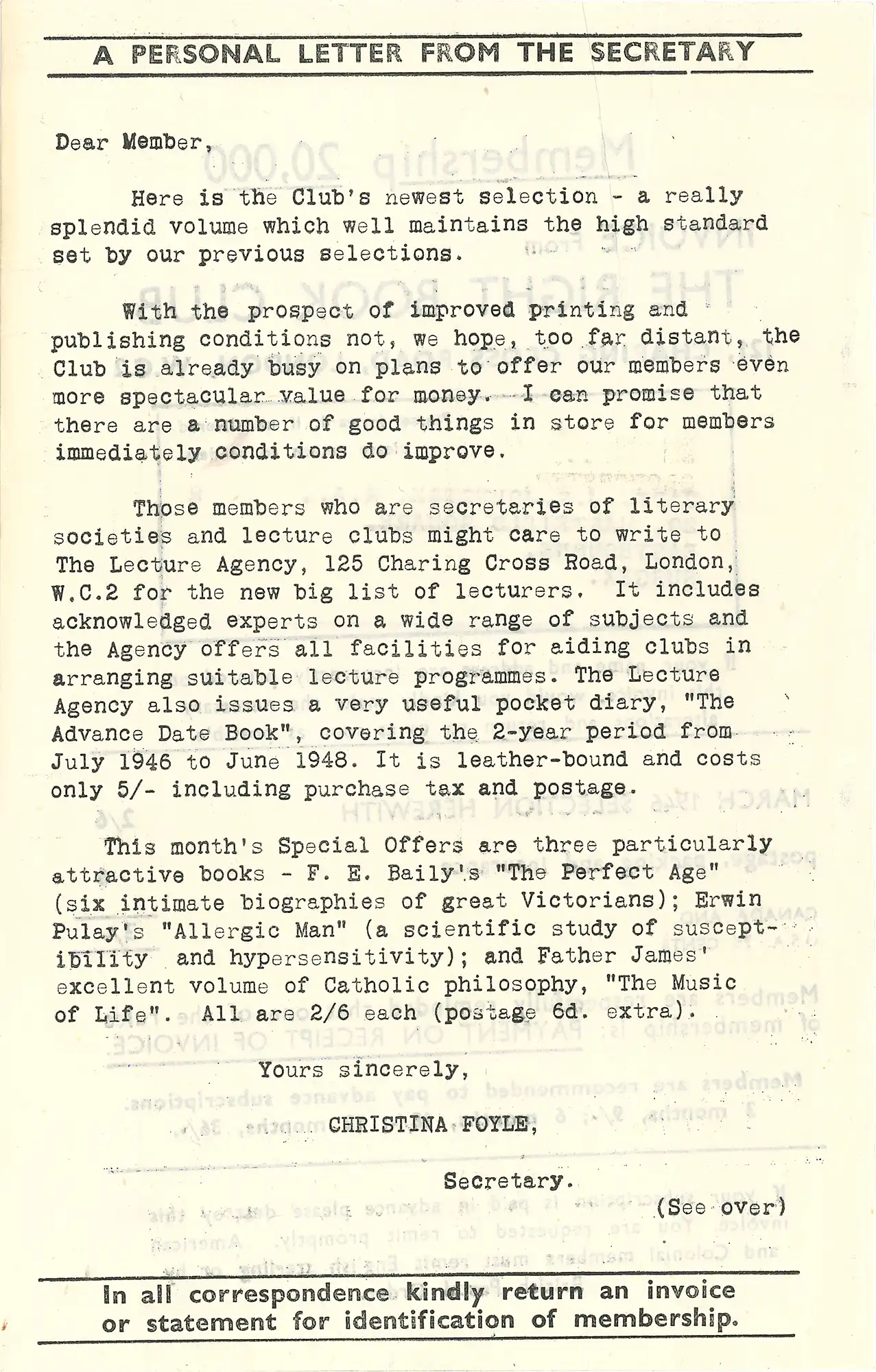
‘A personal letter from the secretary’ leaflet, 1946.
It cost prospective members nothing to belong to the RBC. However, a member’s sole responsibility was to agree to accept the monthly choice of the ‘Right’ Book Club for a minimum period of four months, to pay for same on receipt (2s 6d), and to give not less than four weeks’ notice of termination of membership. In 1946, Captain Johnston of Eastbourne, Sussex, received his ‘Personal Letter’ from Christina Foyle, where she informed him of three ‘Special Offers’, which included F. E. Baily’s The perfect age, a work that carried ‘six intimate biographies of great Victorians’. Like Gollancz, she was promotion personified: promising good things for members and pushing the RBC lecture series.
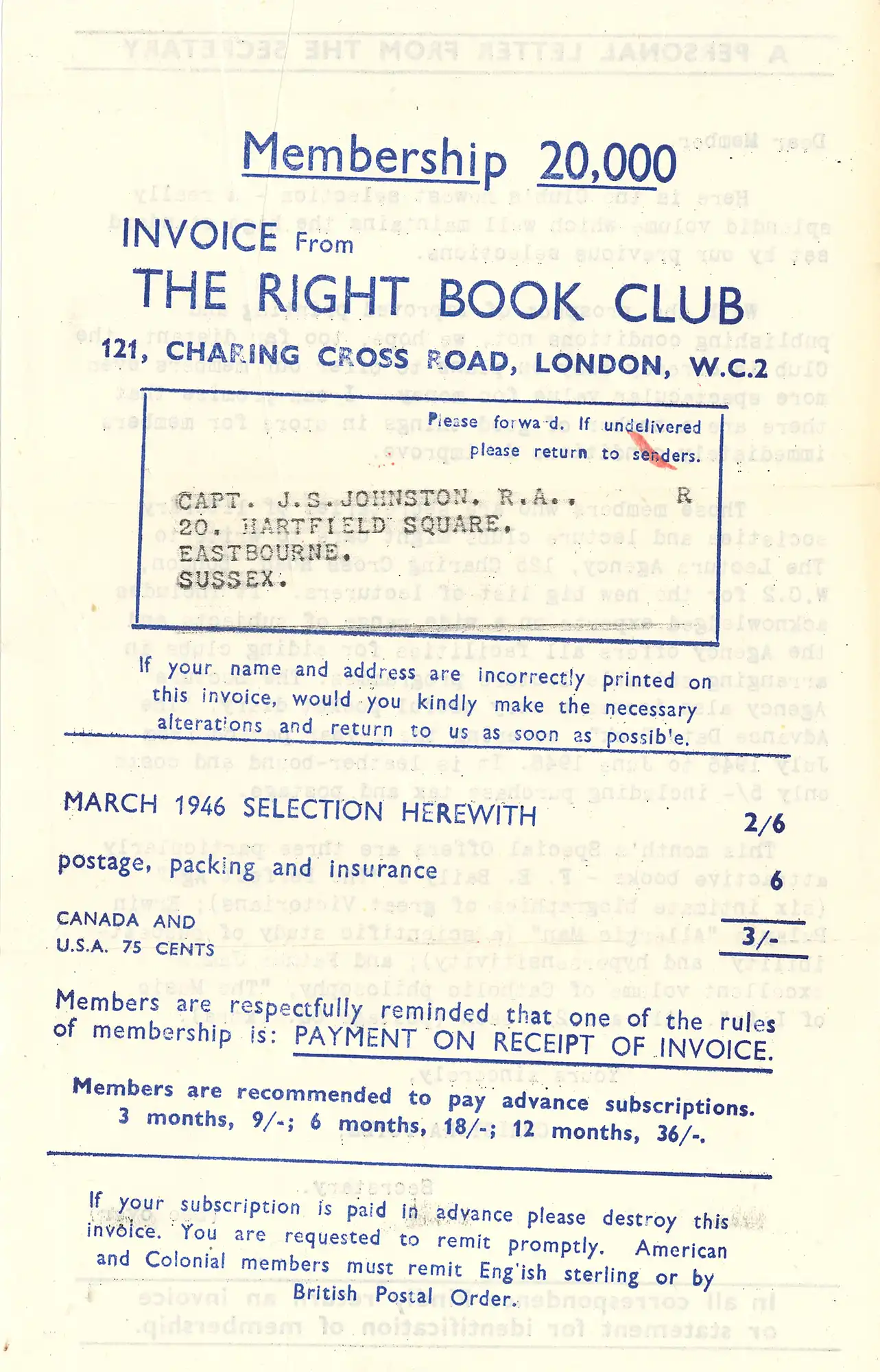
‘A personal letter from the secretary’ leaflet, 1946. (Rear)
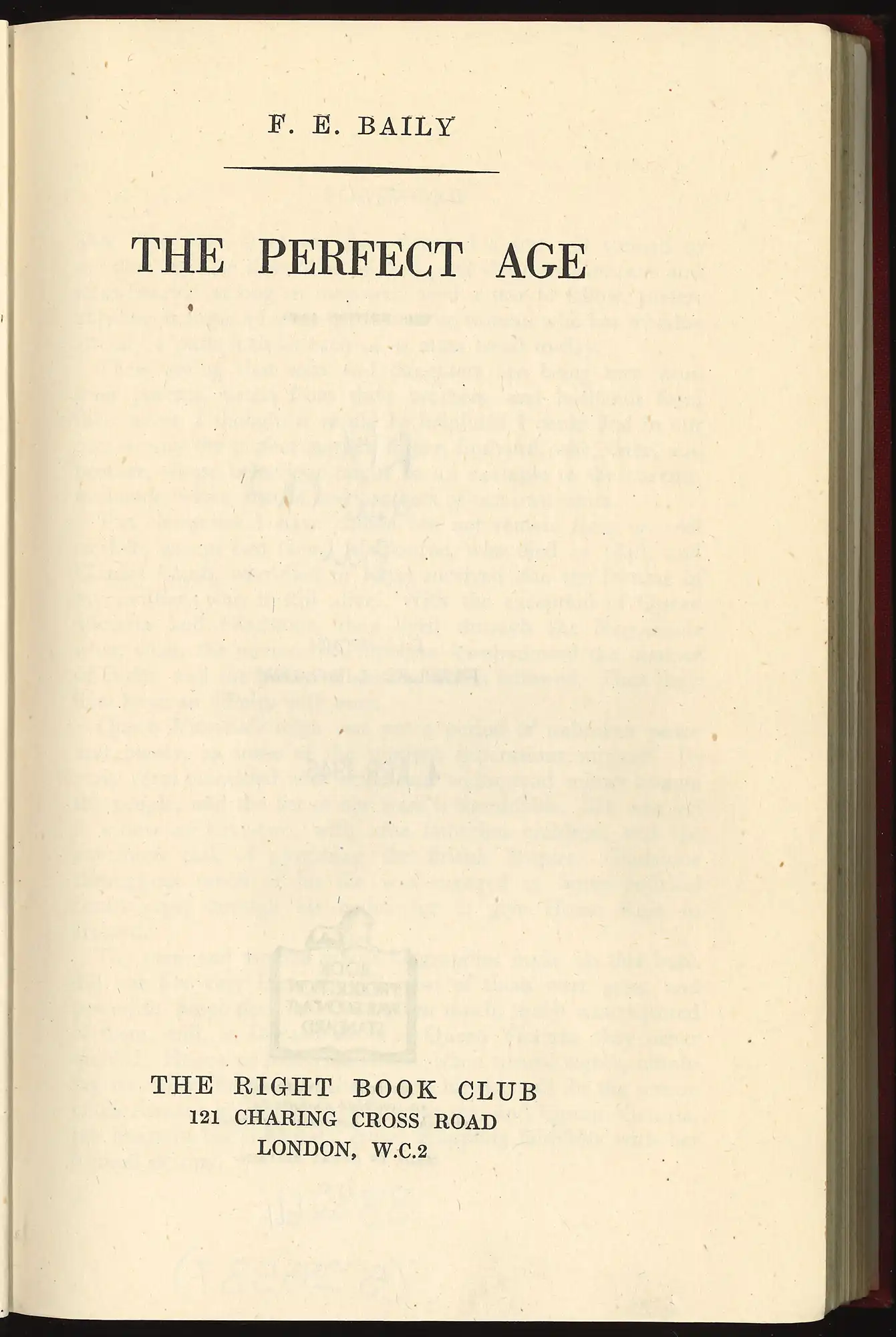
Francis Evans Baily, The perfect age. (1946). RBC 920.042 BAI
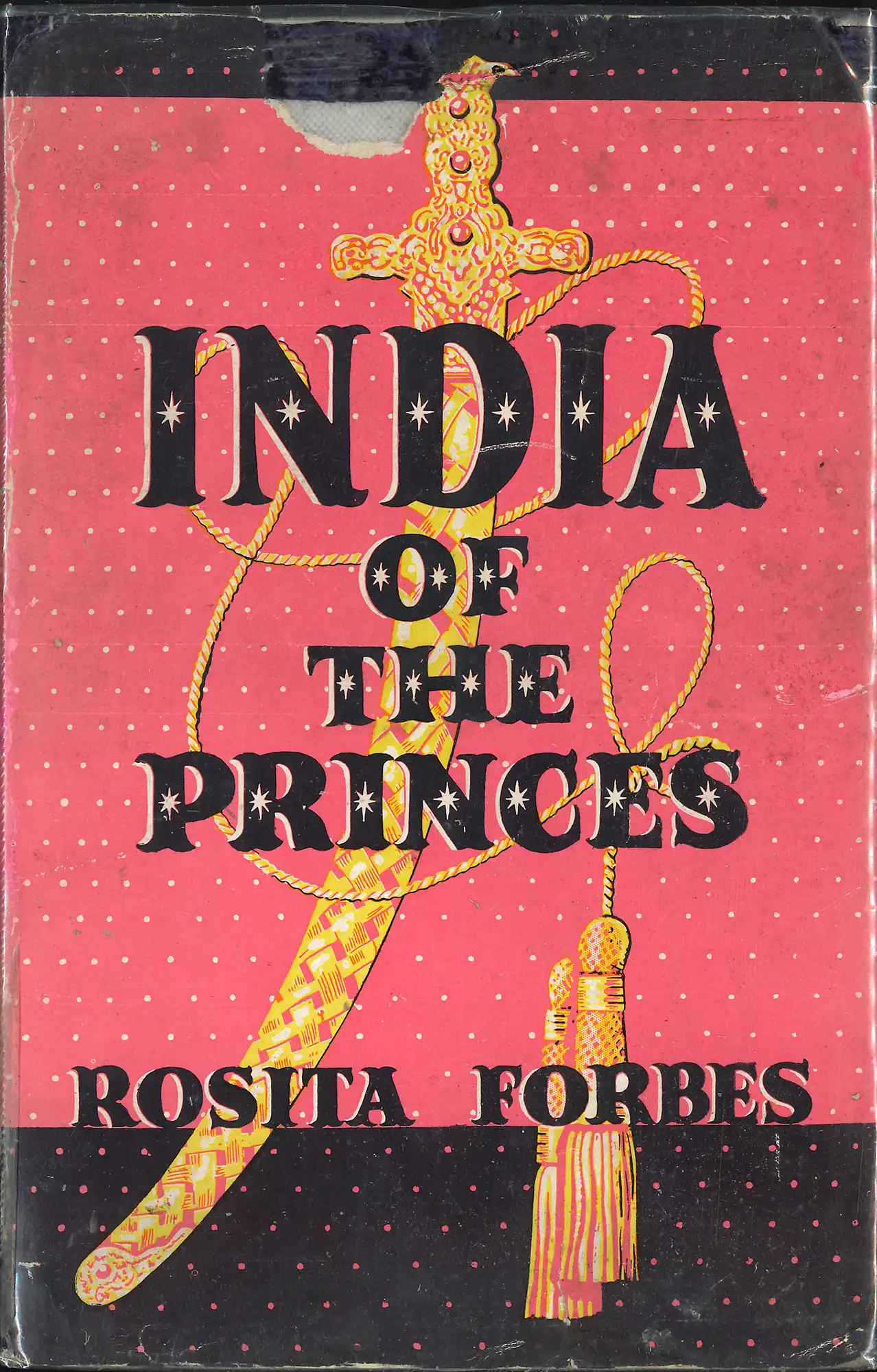
Rosita Forbes, India of the princes. (1939). RBC 915.4 FOR
The English Rosita Forbes (1890–1967) was a prolific travel writer, producing many books of her wanderings around the world; she was the first European woman to visit the Kufra Oasis in Libya. In 1939, the RBC published India of the Princes, her record of India through the life of Princes, peasants, merchants, and gypsies. In December 1937, there was an estimated 25,000 RBC members; at the peak some 50,000. Members who no doubt enjoyed reading Forbes’s experiences when they received it included Evelyn Waugh, Walter Starkie, the catholic historian and Mussolini apologist, Siegfried Sassoon, and the art critic Clive Bell, who was ‘much honoured’ to be made a patron of RBC.
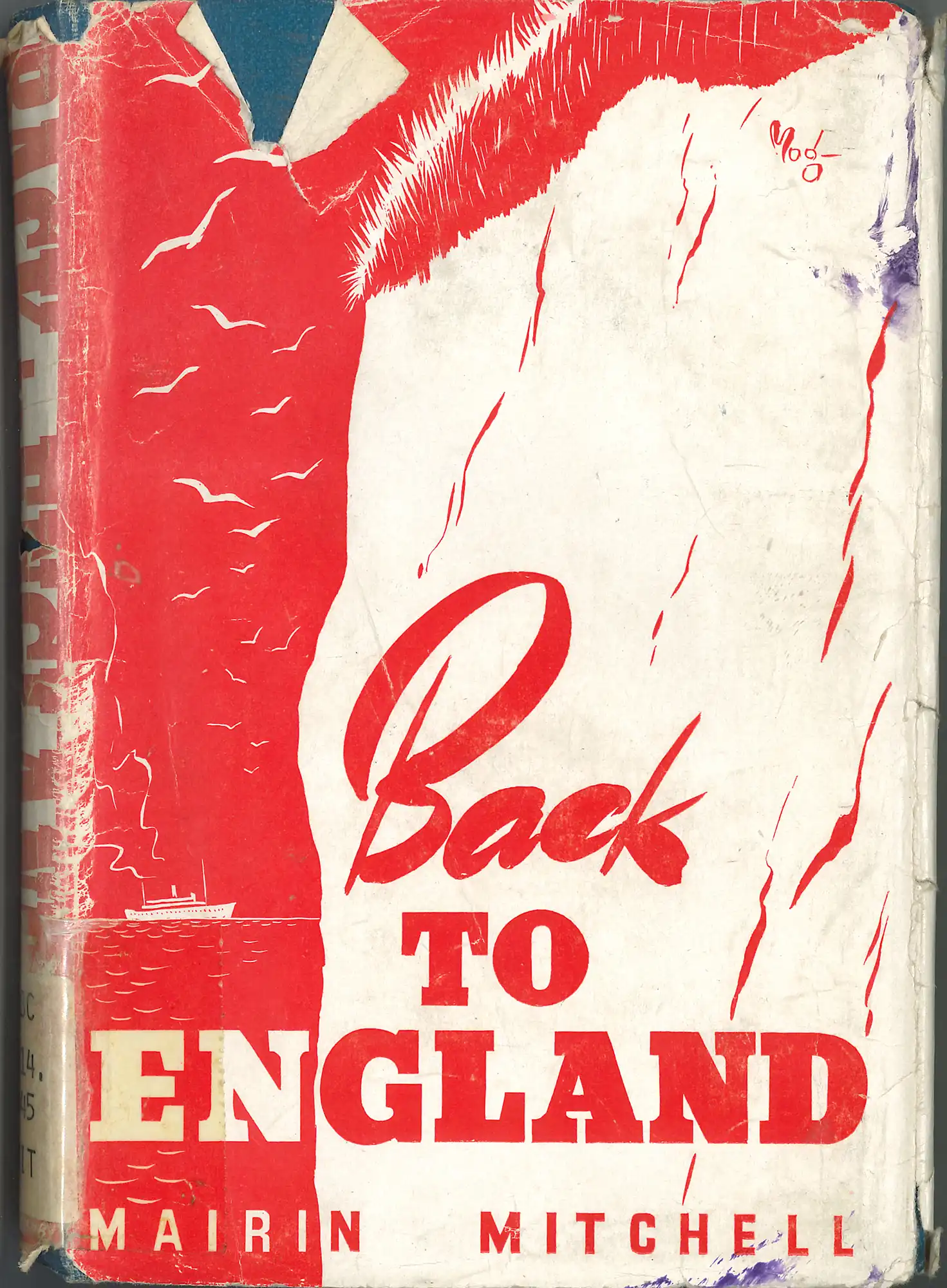
Mairin Mitchell, Back to England: An Account of the Author’s Travels on the Continent from 1937 to 1939 and Her Observations on Wartime Conditions in Britain in 1940. 3rd ed. (1942). RBC 914.045 MIL
The back flap on most of the book-jacketed RBC titles list ‘Patrons’ of the Right Book Club. They are a predominantly conservative lot, with the majority of the 70 or so listed having initials MP, JP, KC, BT or DSO after their names. Of the three women listed, one is Lady Mount Temple, first wife to the Rt Hon. Arthur Forbes-Sempill, who once wrote of the RBC: ‘The work which you are doing deserves the support of all thinking men and women.’ Tucked amongst these ‘Patrons’ is the New Zealand-born Royalist biographer, Hector Bolitho (1897–1974). Mitchell’s reflective work on England was first published by Frederick Muller Ltd in 1942.

Mairin Mitchell, Back to England: An Account of the Author’s Travels on the Continent from 1937 to 1939 and Her Observations on Wartime Conditions in Britain in 1940. 3rd ed. (1942). RBC 914.045 MIL
Open image in new window
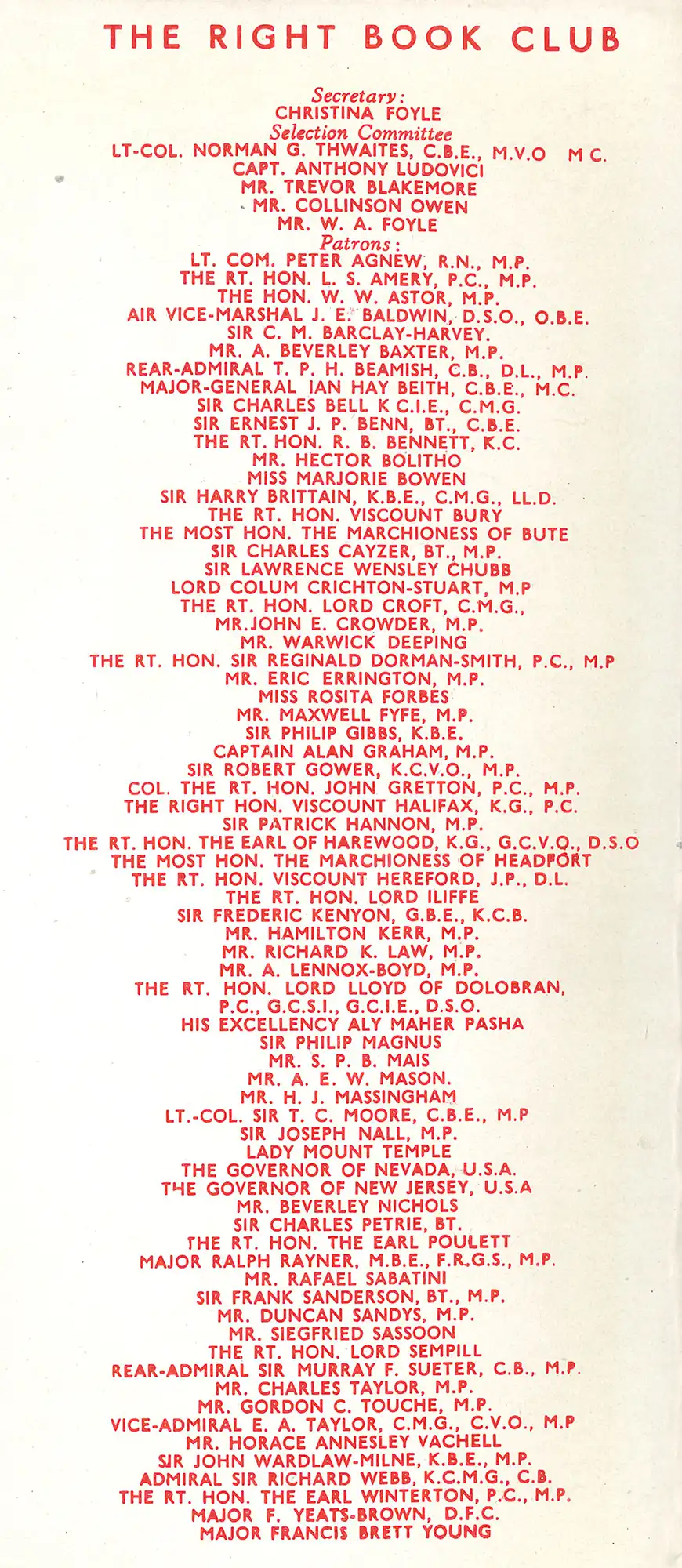
Mairin Mitchell, Back to England: An Account of the Author’s Travels on the Continent from 1937 to 1939 and Her Observations on Wartime Conditions in Britain in 1940. 3rd ed. (1942). RBC 914.045 MIL

Mairin Mitchell, Back to England: An Account of the Author’s Travels on the Continent from 1937 to 1939 and Her Observations on Wartime Conditions in Britain in 1940. 3rd ed. (1942). RBC 914.045 MIL
Open image in new window
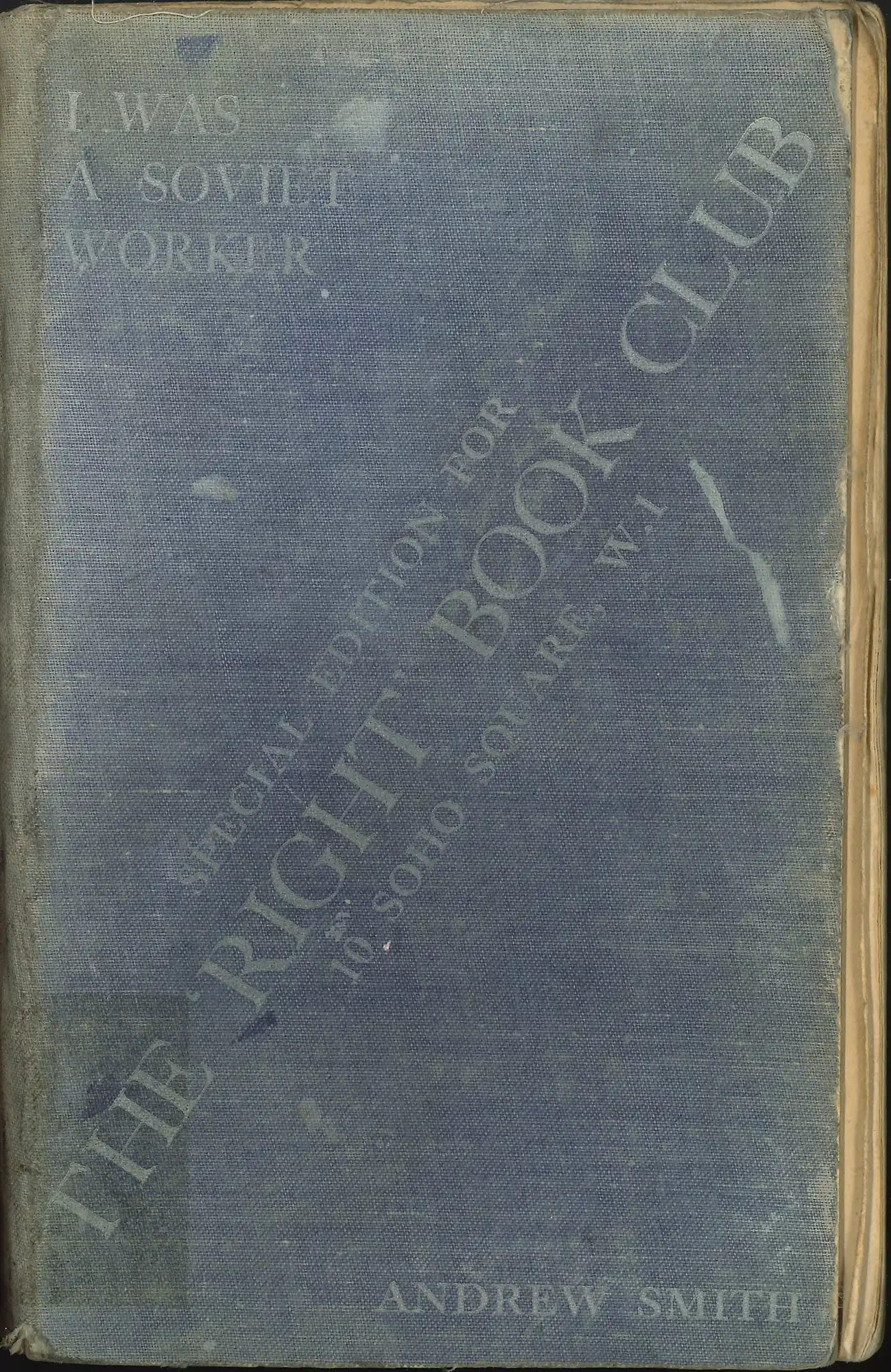
Andrew Smith, I was a Soviet worker. London: Robert Hale, 1937. RBC 947.084 SMI
Some 70,000 to 80,000 foreign workers went to live in the Soviet Union between 1917 and 1939. Andrew Smith, an ardent Communist Party member in America, was one of them. He worked in a factory for three years and eventually wrote about the rather grim life and working conditions of the Russian people under the Stalinist regime. Gollancz would not have liked the result: it contains a damning exposure of the rottenness of the Russian system. Originally published by Robert Hale in 1936, the RBC reprinted it in 1937.
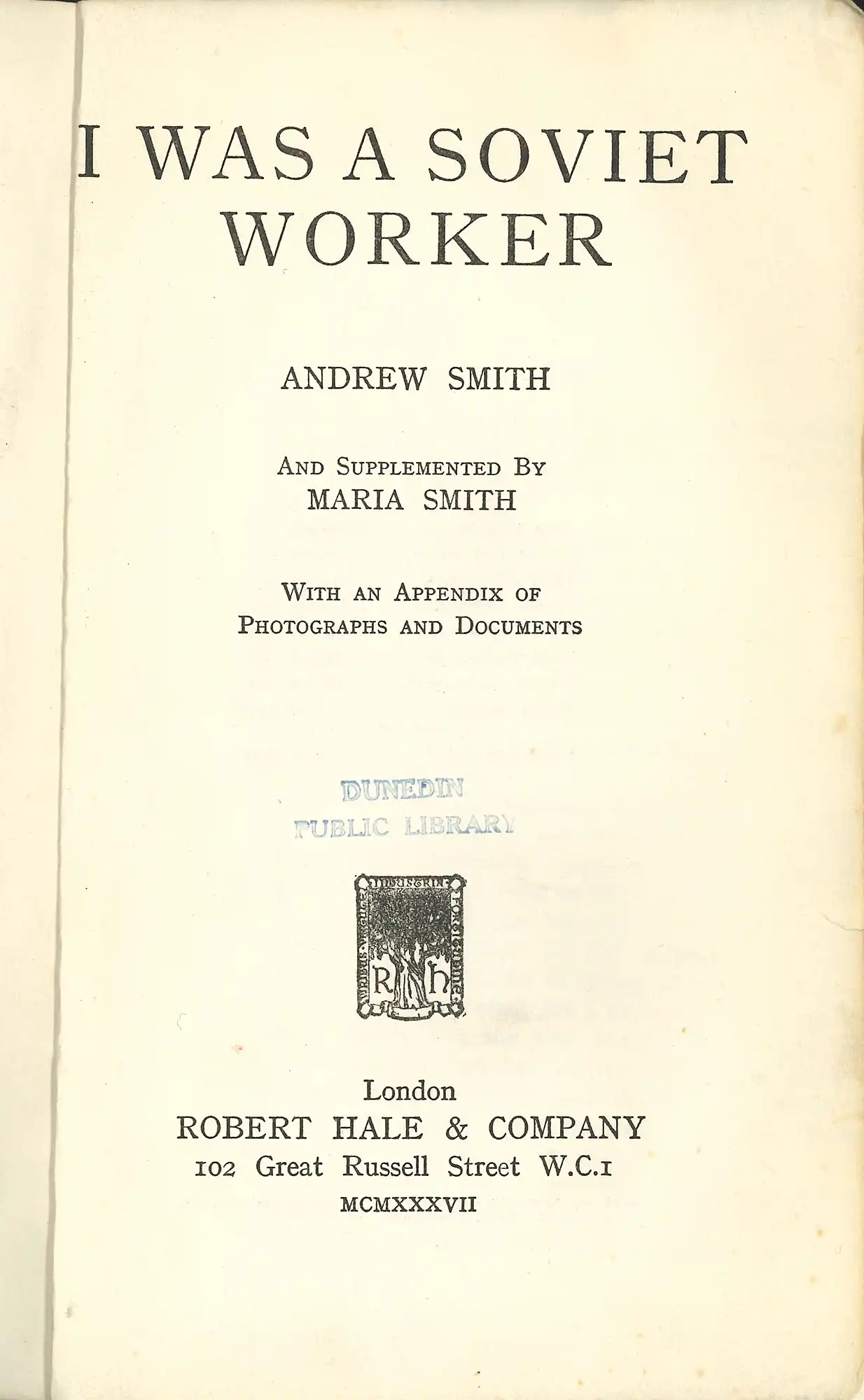
Andrew Smith, I was a Soviet worker. London: Robert Hale, 1937. RBC 947.084 SMI
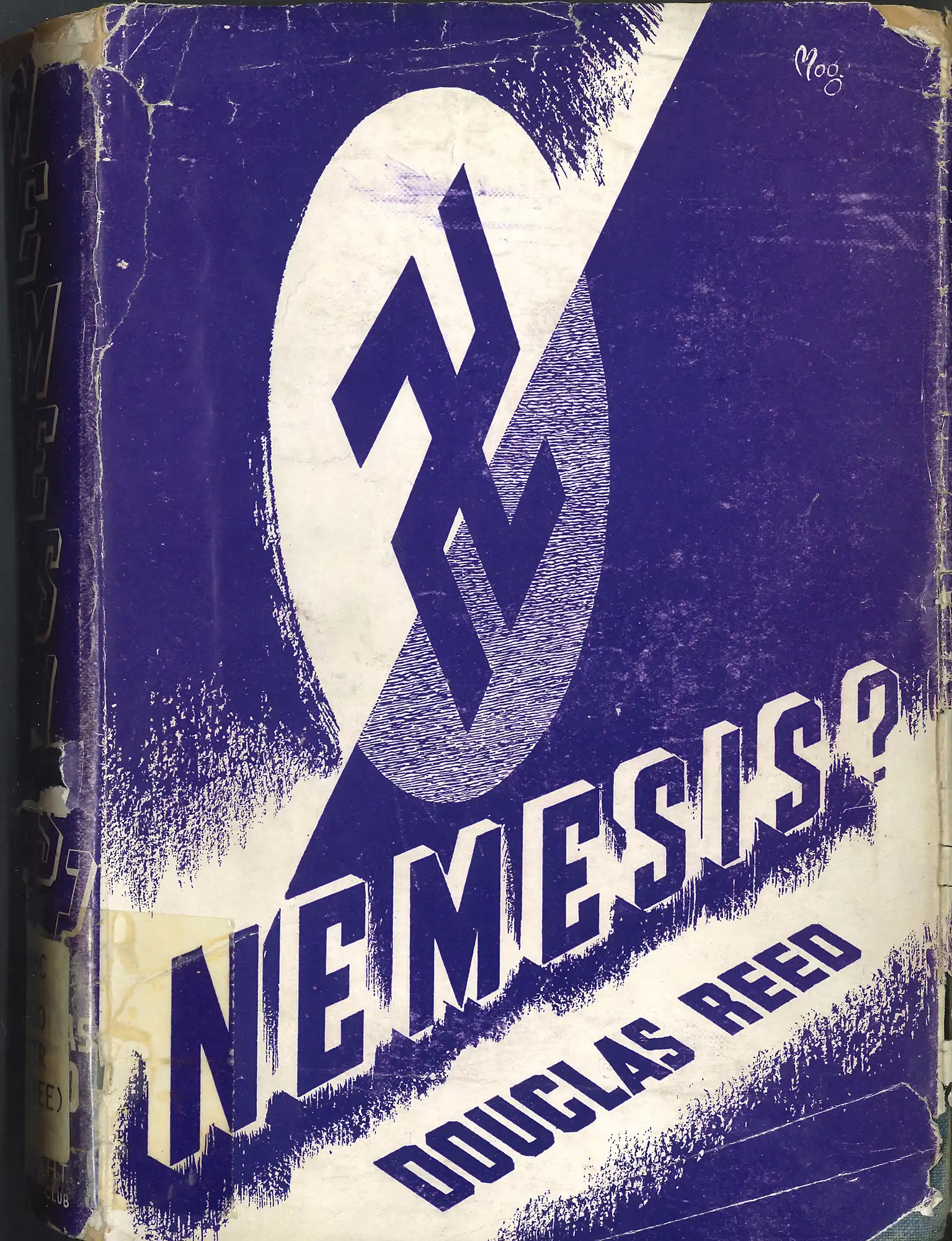
Douglas Reed, Nemesis? (1942). RBC 920 STR (REE)
George Orwell warned that Douglas Reed (1895–1976) had an ‘easy journalistic style’, and he was ‘capable of doing a lot of harm among the large public for which he caters.’ The story of Reed’s Nemesis? was about Otto Strasser, the anti-Hitler Nazi dissident who created his own party, the Black Front, and then the Free German Movement. Reed was staunchly anti-communist, and a virulent antisemitic, one of the first writers to deny Hitler’s extermination of the Jews. Published with a very eye-catching book jacket design by Mog, an unknown designer, it was one of nine books published in 1942 by the RBC.
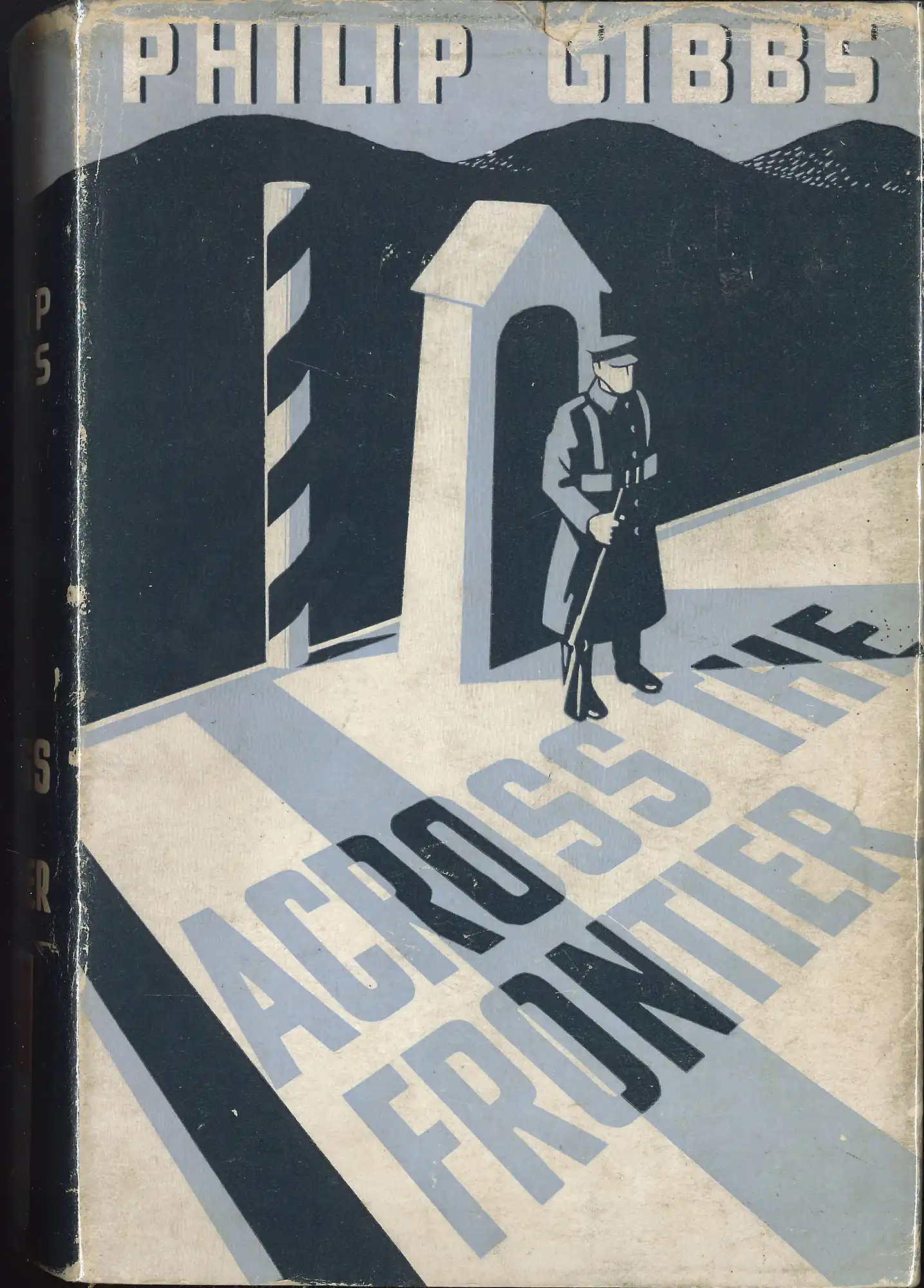
Philip Gibbs, Across the frontiers. (1939). RBC 909.823 GIB
Journalist Sir Philip Gibbs (1877-1962) was a prolific writer who saw his Ordeal in England, a counter to Orwell’s Wigan Pier, reprinted by the RBC in 1937. They did another of his titles, Across the frontier (1939) proud. Attempting to get ‘at the heart of truth’, Gibbs deals with the division of ideas into different and sometimes hostile camps, fostering – without reason and common sense – dangers of war and revolution. The back of the book provided an excellent vehicle for promotion – the bar-code hiding the imperative: ‘Join the’.
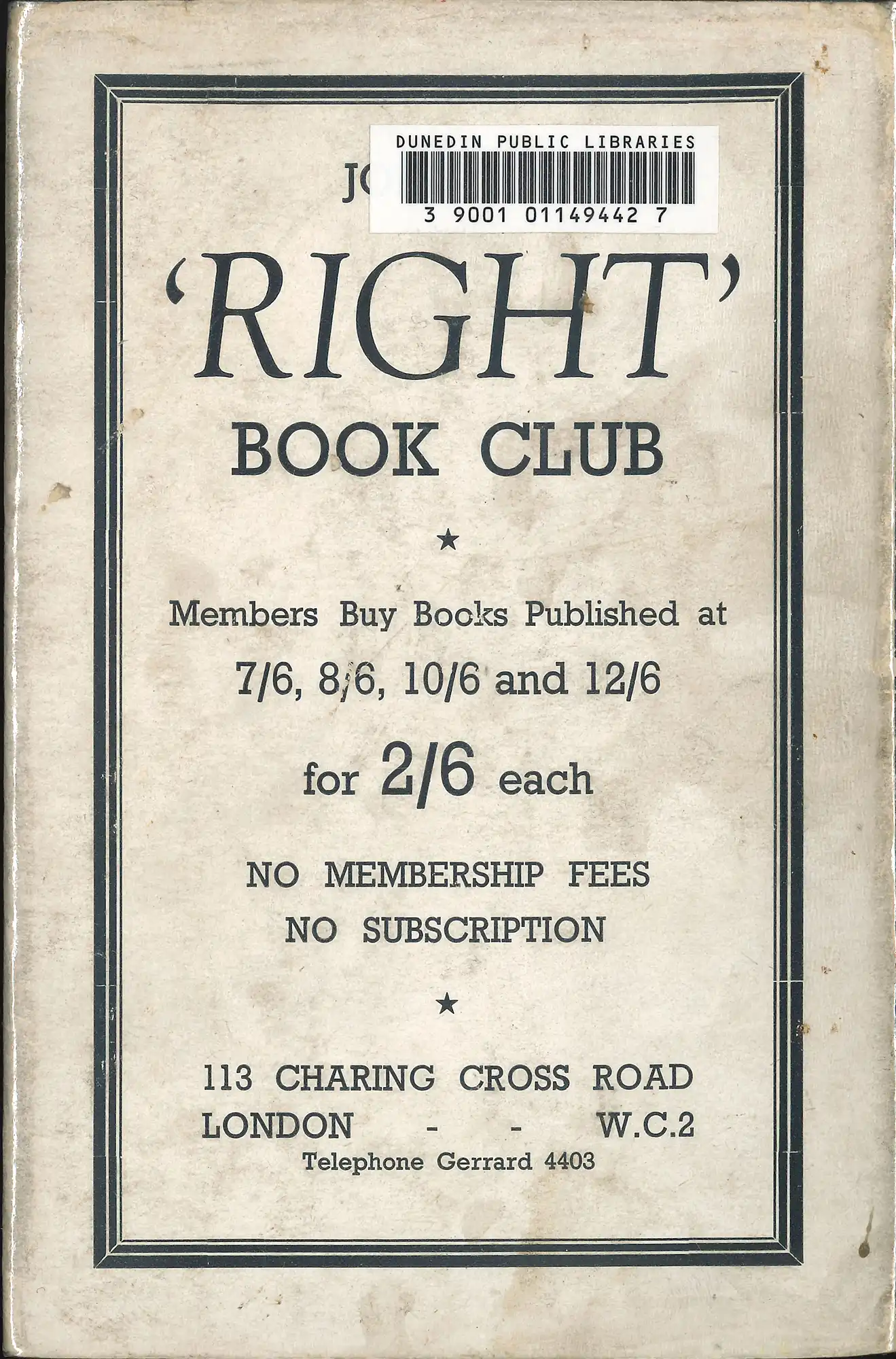
Philip Gibbs, Across the frontiers. (1939). RBC 909.823 GIB (Rear)










